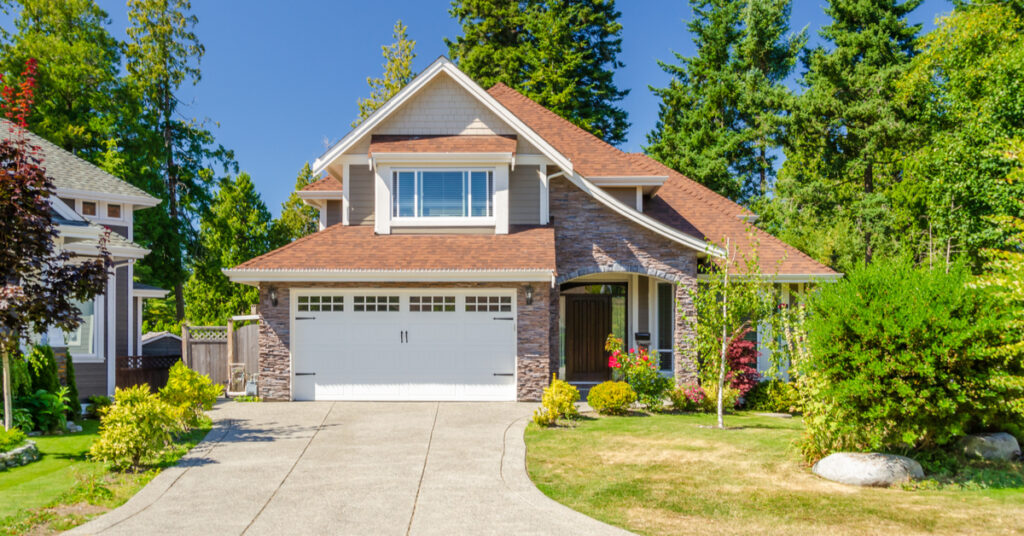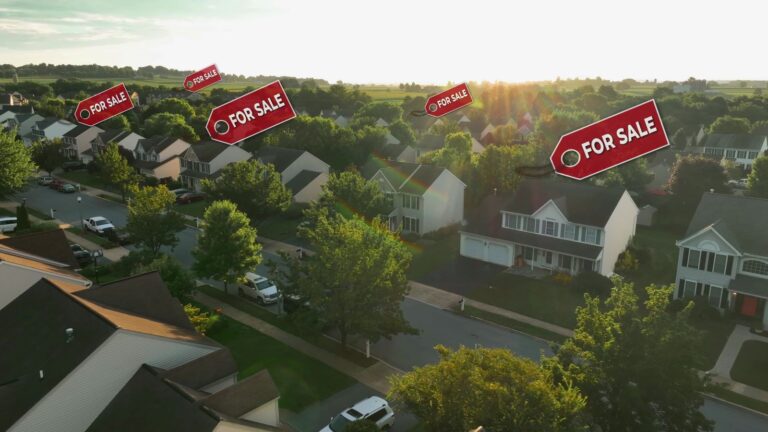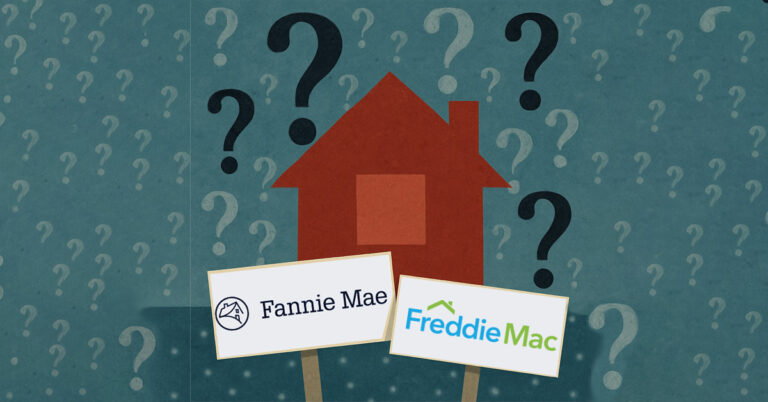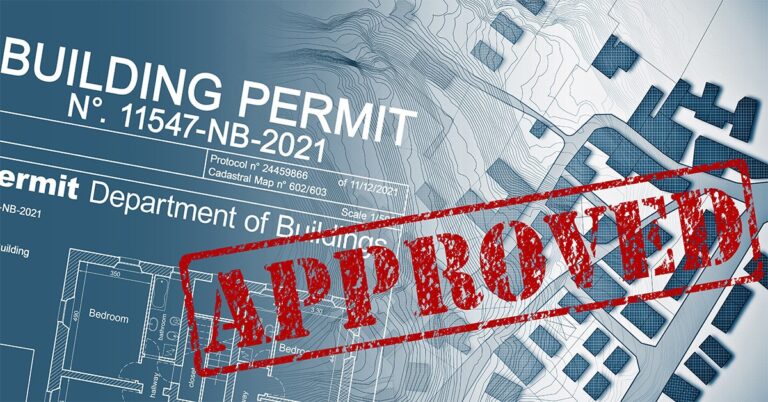The Real House Price Index (RHPI) maintained by First American Financial Corp. rose 32.5% year over year in March, marking the largest annualized jump for this metric since it was established more than 30 years ago.
The index tracks home prices and adjusts them for the impacts of income levels and interest rate changes on consumer homebuying power. The large leap in the index in March marked a precipitous decrease in affordability, pushed by a 21.6% yearly gain in nominal house prices coupled with an annual hike of more than a percentage point in the 30-year fixed mortgage rate.
Household income grew 4.9% over the same time frame, but the increase wasn’t enough to counter the rise in monthly mortgage payments. In fact, consumer homebuying power actually decreased by 8.3% year over year, according to First American.
The RHPI also rose on a monthly basis, with real house prices up 6.7% and consumer homebuying power down 4.6% from February to March.
The drop in affordability has contributed to a pullback from homebuyers and to some downward price adjustments from sellers. First American chief economist Mark Fleming noted that this has led to cooling in the housing market, a shift that has come in part via government fiscal policy.
“The housing market is slowing down by design as the Federal Reserve tightens monetary policy in order to tame inflation,” Fleming wrote on First American’s blog. “Early data signals the housing market is normalizing — our preliminary nominal house price index for the months of April and May indicates annual house-price growth is decelerating.”
Fleming also noted that while rising rates have played their part in applying some brakes to the previously torrid market, the effect of mortgage rates on home prices isn’t as straightforward as many think.
“More often than not, house-price appreciation has been resistant to rising mortgage rates,” Fleming said. “One exception is the 1994 rising-rate era, when house prices declined slightly and briefly. Another exception is the 2005-2006 period, otherwise known as the U.S. housing bubble, when house prices peaked in early 2006 and started to decline through 2006 and 2007. The rising-rate periods during the housing bust of 2008 and 2009 is another key exception.”
In the longest span of rising interest rates — from roughly 1998 to 2000 — nominal home prices remained high as the economy rebounded from the previous recession. During this period, home prices grew by nearly 14% in 18 months. In the most recent rising mortgage rate period (from 2017 to 2018), nominal home prices also rose, growing about 7% over 15 weeks.
This may be a wet blanket for potential buyers who are looking for a silver lining of lower home prices as the market softens.
“History has shown that rising mortgage rates may take the steam out of rising house prices, but they don’t necessarily trigger a decline,” Fleming said. “In today’s housing market, demand for homes continues to outpace supply, which is keeping the pressure on house prices, so don’t expect house prices to decline.”








